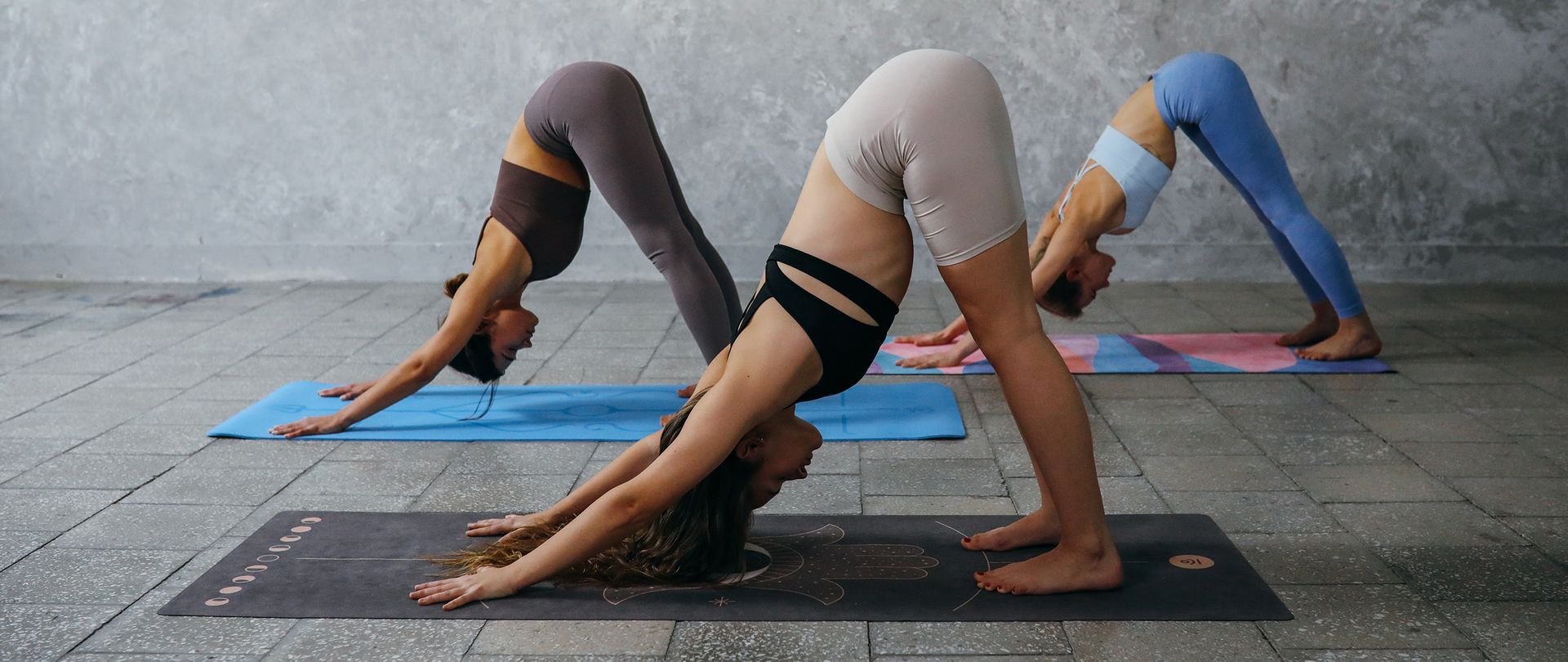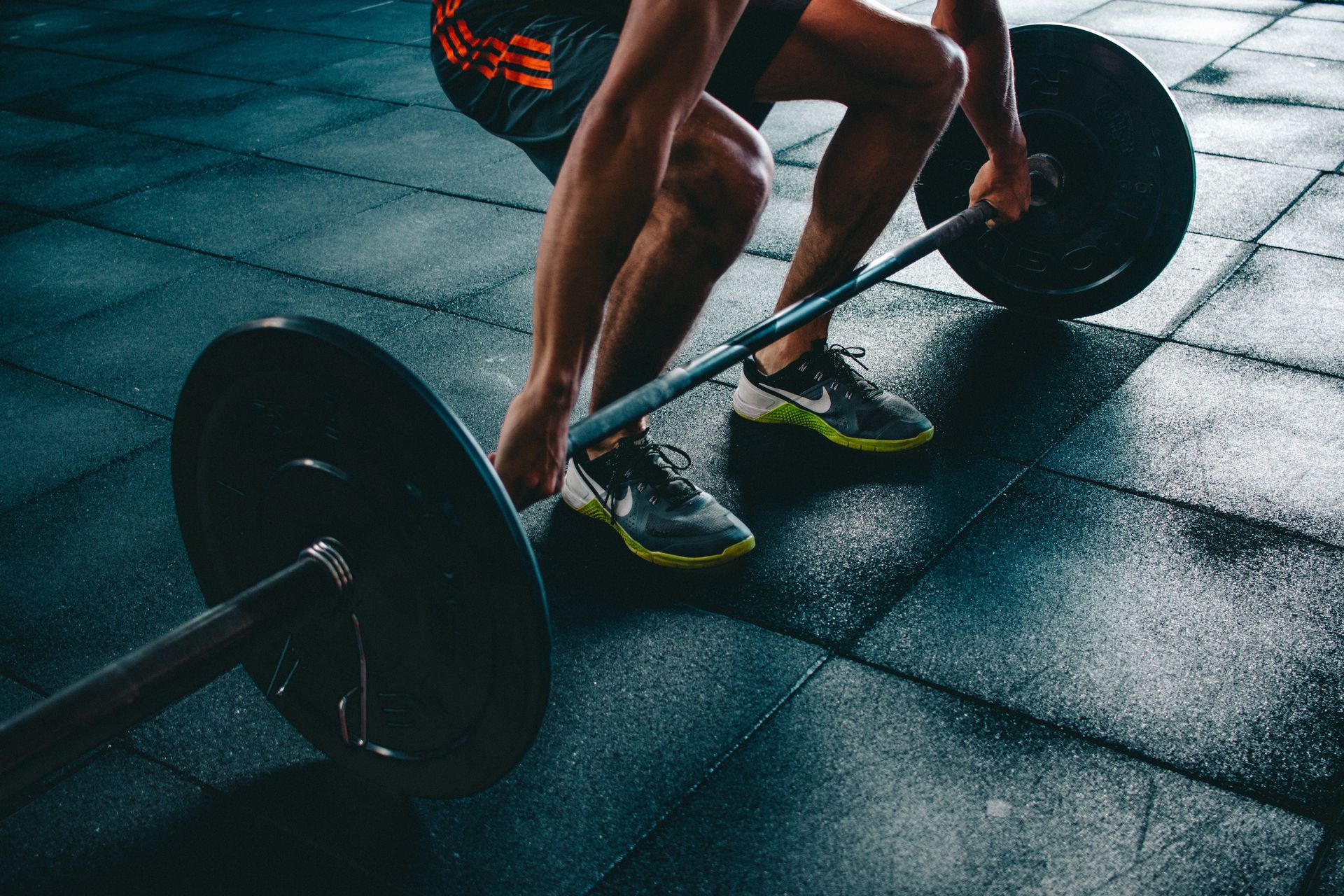Is Pilates an Effective Strength Training Exercise?


Is Pilates an Effective Strength Training Exercise?
Strength training is an essential component of any fitness regimen, but with so many exercise options available, it can be challenging to determine which one is the most effective. One increasingly popular exercise method is Pilates, which is often associated with improving flexibility and posture. However, can Pilates also be an effective strength training exercise? Let's explore the basics of Pilates, how it builds strength, and its benefits and limitations for strength training.
Understanding the Basics of Pilates
Pilates is a low-impact exercise method that focuses on core strength, flexibility, and control. It was developed in the early 20th century by Joseph Pilates, a German physical trainer. The foundation of Pilates lies in its six underlying principles: concentration, control, centering, precision, breath, and flow.
A typical Pilates workout includes a variety of exercises that target the whole body. These exercises often involve the use of specialized equipment like the reformer or the Cadillac. However, Pilates can also be performed using simple props or solely with bodyweight exercises.
The Origin and Principles of Pilates
Joseph Pilates believed that physical and mental health were interconnected, and he developed this exercise system to harness strength, flexibility, and mental discipline. The six principles of Pilates serve as a foundation for every exercise and help to improve the mind-body connection.
Concentration is one of the key principles of Pilates. It involves focusing the mind on the movements and sensations of the body during each exercise. By maintaining concentration, practitioners can achieve better control over their movements and engage the targeted muscles more effectively.
Control is another essential principle of Pilates. It emphasizes the importance of maintaining proper form and alignment throughout each exercise. By exercising control, individuals can prevent injury and maximize the benefits of the workout.
Centering refers to the concept of engaging the core muscles, specifically the abdominals, obliques, and pelvic floor. The core serves as the powerhouse of the body, providing stability and support for all movements. By centering the body, individuals can develop a strong and stable foundation for their Pilates practice.
Precision is crucial in Pilates. Each movement is performed with a specific intention and focus on detail. By executing precise movements, individuals can target specific muscles and improve overall body alignment and posture.
Breath plays a significant role in Pilates. Proper breathing techniques are integrated into each exercise, helping to oxygenate the muscles and promote relaxation. By synchronizing breath with movement, practitioners can enhance their mind-body connection and achieve a sense of flow.
Flow is the final principle of Pilates. It refers to the smooth and continuous movement from one exercise to another. Flow allows for a seamless transition between movements, promoting a sense of grace and fluidity in the practice.
Key Components of a Pilates Workout
In a typical Pilates workout, emphasis is placed on the deep muscles of the core, such as the abdominals, obliques, and pelvic floor. Additionally, Pilates involves movements that target spinal articulation, shoulder stability, and hip mobility. By focusing on these key components, Pilates sessions can enhance overall body awareness and physical well-being.
Spinal articulation is an essential component of Pilates. The exercises aim to promote flexibility and mobility of the spine, improving posture and reducing the risk of back pain. Through controlled movements, individuals can strengthen the muscles surrounding the spine and achieve a greater range of motion.
Shoulder stability is another crucial aspect of Pilates. By engaging the muscles of the shoulder girdle, individuals can improve posture and prevent shoulder injuries. Pilates exercises often incorporate movements that target the muscles around the shoulder blades, promoting strength and stability in this area.
Hip mobility is emphasized in Pilates to enhance overall lower body function. By working on hip flexibility and strength, individuals can improve their balance, stability, and range of motion. Pilates exercises often include movements that target the hip flexors, glutes, and outer hip muscles.
Overall, Pilates offers a comprehensive workout that targets the entire body, focusing on core strength, flexibility, and control. By incorporating the six principles and key components into each session, individuals can experience improved physical fitness, body awareness, and overall well-being.
Pilates as a Strength Training Exercise
While Pilates is often associated with flexibility and posture improvement, it can also be effective for building strength. Pilates exercises often incorporate both concentric and eccentric muscle contractions, which contribute to muscle development.
How Pilates Builds Strength
Pilates utilizes a combination of bodyweight resistance and resistance from equipment, making it effective in building strength. The slow and controlled movements in Pilates require deep muscle activation, leading to enhanced muscular endurance and strength.
Furthermore, Pilates exercises engage multiple muscle groups simultaneously, facilitating functional strength development. By emphasizing proper alignment and form, Pilates promotes balanced muscle development and reduces the risk of injury.
Comparing Pilates to Traditional Strength Training
Although Pilates can be an effective strength training exercise, it is essential to understand its differences from traditional strength training methods. In conventional weightlifting, the focus is primarily on lifting heavier weights to achieve muscle growth. Pilates, on the other hand, emphasizes controlled movements and mind-body connection, which can lead to overall body integrity and functional strength.
While weightlifting may target specific muscle groups more intensively, Pilates offers a holistic approach to strength training, targeting the entire body, including stabilizing muscles.
The Science Behind Pilates and Strength
Scientific research has shed light on the physiological changes that occur with regular Pilates practice, particularly in relation to strength.
Physiological Changes from Pilates
Studies have shown that Pilates can improve muscular strength and endurance. The slow and controlled movements increase muscle fiber recruitment and enhance muscle activation patterns, leading to increased strength gains over time.
Furthermore, Pilates has been found to improve core strength and stability. The activation of deep core muscles during Pilates exercises contributes not only to enhanced strength but also to improved posture and balance.
The Role of Core Strength in Pilates
Core strength is a key focus in Pilates, and for a good reason. A strong core is essential for overall body stability and proper biomechanics. Core strength can improve performance in other activities, prevent injuries, and reduce back pain.
By strengthening the muscles of the abdomen, back, and pelvis, Pilates creates a solid foundation for movement and enhances functional strength in daily activities.
Benefits and Limitations of Pilates for Strength Training
Now that we've explored how Pilates can help build strength, let's examine some of its benefits and potential limitations.
Advantages of Using Pilates for Strength
One significant advantage of Pilates is that it is a low-impact exercise method, making it suitable for individuals of all fitness levels and ages. Pilates is gentle on the joints while still providing an effective workout.
Pilates also promotes body awareness and mindfulness. The focus on breath and concentration during Pilates exercises not only enhances the mind-body connection but also helps individuals better understand their body's needs and limitations.
Potential Drawbacks of Pilates as a Sole Strength Training Method
While Pilates offers many benefits for strength training, it may not be the most effective method for everyone. If your primary goal is to build muscle mass or significantly increase strength, traditional weightlifting exercises, such as squats and deadlifts, may be more suitable.
Additionally, although Pilates can contribute to overall strength gains, it is essential to incorporate other forms of exercise, such as cardiovascular workouts or resistance training, to achieve a well-rounded fitness routine and maximize results.
Incorporating Pilates into Your Strength Training Routine
If you're interested in adding Pilates to your strength training routine, here are some helpful tips to get started.
Tips for Beginners Starting Pilates
Start with a beginner's class or seek guidance from a qualified Pilates instructor who can ensure that your form and technique are correct. Pilates exercises require proper alignment and control, so it's crucial to learn the foundations before advancing to more challenging movements.
Focus on mastering proper breathing techniques during Pilates exercises. Breathing properly helps to engage the deep core muscles and emphasizes the mind-body connection.
Advanced Pilates Techniques for Strength Building
Once you've mastered the basics of Pilates, consider incorporating more advanced techniques into your strength training routine. This may include using resistance bands or progressing to more challenging exercises on the reformer or Cadillac.
Remember to always listen to your body and respect your limitations. Pushing yourself too far beyond your capabilities can lead to injury. Build your strength gradually and celebrate your progress along the way.
So, is Pilates an effective strength training exercise? The answer is a resounding yes. Pilates offers a unique approach to building strength, focusing on core engagement, proper alignment, and mind-body connection. Incorporating Pilates into your strength training routine can enhance muscle endurance, improve overall body stability, and promote functional strength.
Are you curious about tracking your body's progress? Consider exploring BodySpec's affordable DEXA scans. DEXA scans measure body fat percentage, muscle mass, and bone health, providing valuable insights to help you monitor your fitness journey over time.
..jpg)

